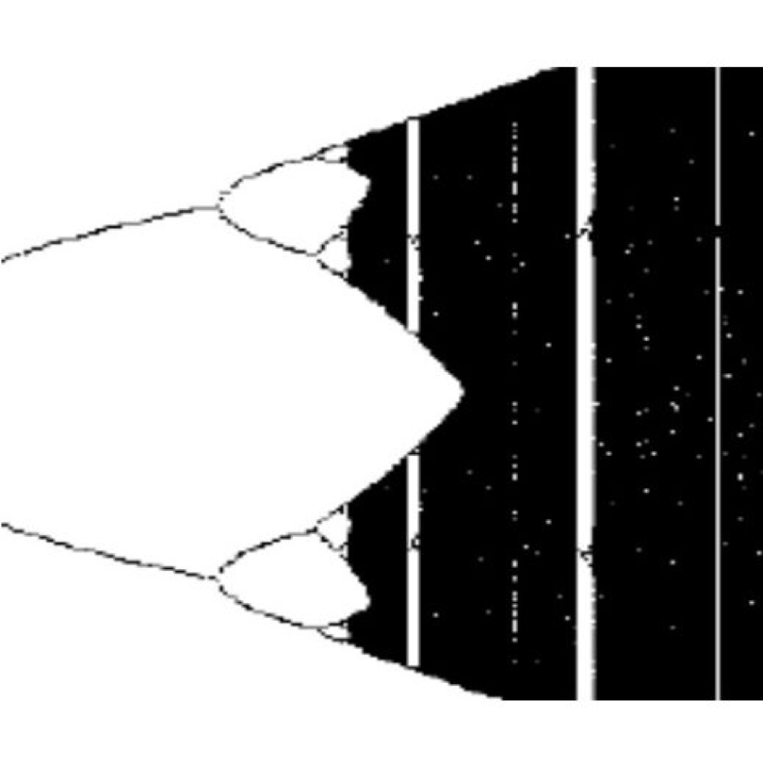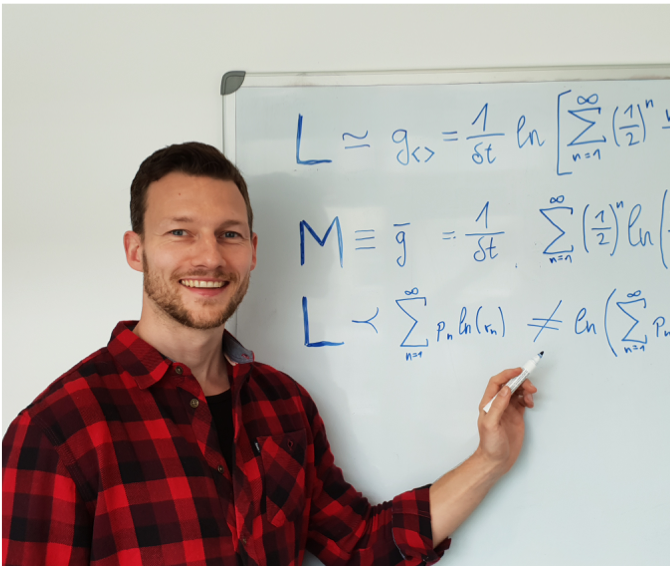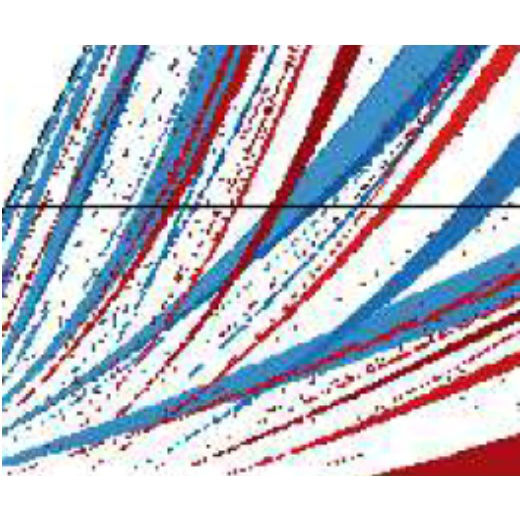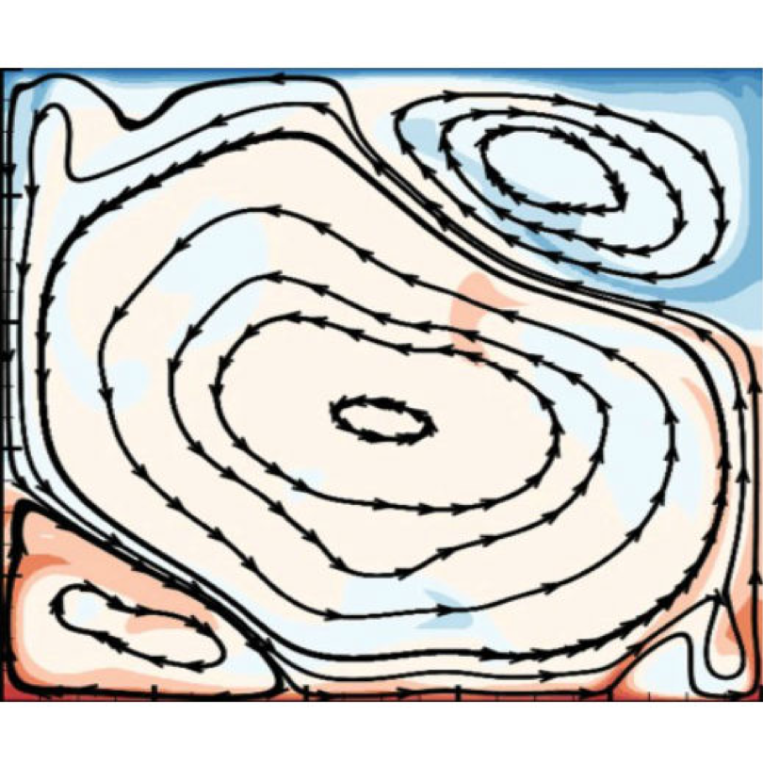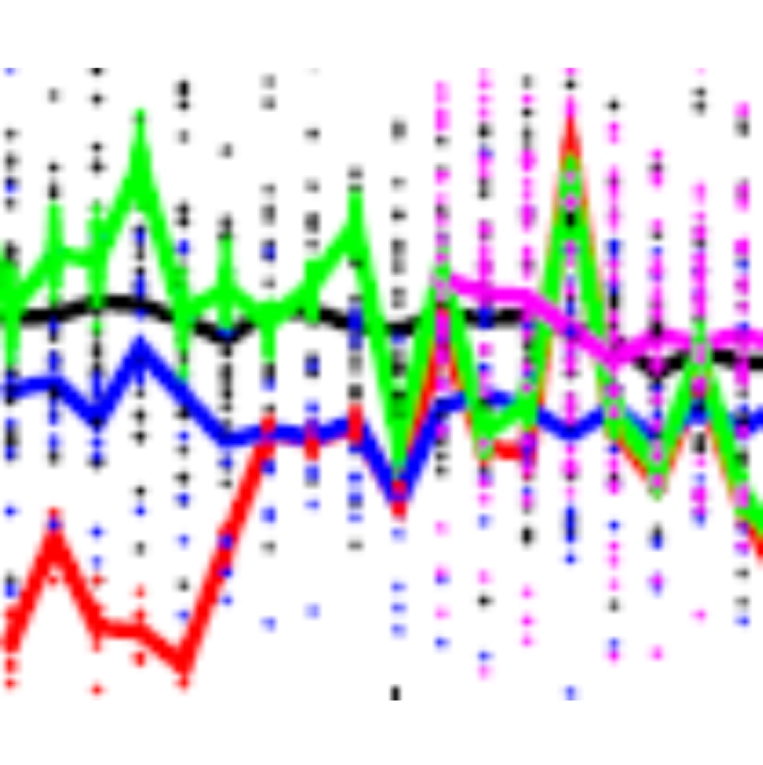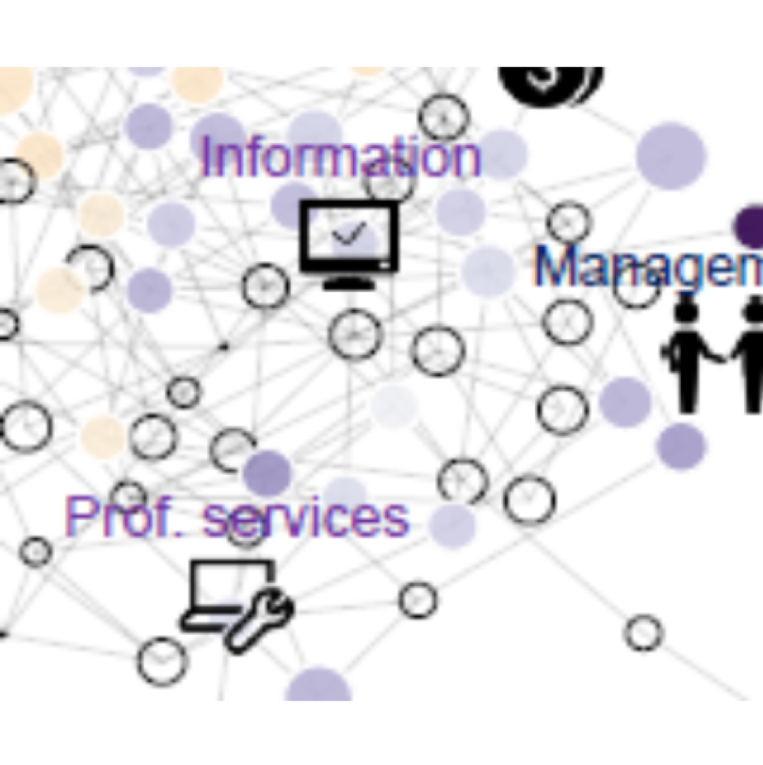Author: LML administrator
-
Anomalous Diffusion in Random Dynamical Systems
Posted on
by
Brownian motion has long been the standard paradigm for modelling random, diffusive motion, such as the haphazard movement of a dust particle floating in a fluid. This is considered to be “normal” diffusion, in which the mean square particle displacement – calculated
-
Mark Kirstein becomes a DAAD PRIME Fellow
Posted on
by
LML Fellow Mark Kirstein has received a PRIME fellowship from DAAD (the German Academic Exchange Service). This will support a 12-month research visit to the London Mathematical Laboratory, followed by a postdoctoral position at Leipzig University for 6 months. Mark will use
-
Toward understanding the impact of artificial intelligence on labour
Posted on
by
Economists and policy makers worry that the rapid advance of artificial intelligence (AI) and automation technologies could seriously disrupt labour markets.
-
Noisy network attractor models for transitions between EEG microstates
Posted on
by
Electroencephalography (EEG) provides a direct measure of neuronal activity as reflected in the scalp electrical field. Empirically, global measures of EEG topography remain stable in so-called EEG microstates for brief periods (50–100 ms) before switching to another quasi-stable state.
-
Limits to machine prediction, the psychology of Brexit fantasies and how biology exploits phase transitions – a few recent essays
Posted on
by
Here are links to a few recent articles by LML Fellow Mark Buchanan.
-
Normal and Anomalous Diffusion in Soft Lorentz Gases
Posted on
by
Engineered nanoscale structures known as artificial graphene exhibit the properties of real graphene but in a setup where it is easy to tune features such as the electronic density, lattice constant, geometry or coupling with the environment.
-
On reversals in 2D turbulent Rayleigh-Bénard convection: Insights from embedding theory and comparison with proper orthogonal decomposition analysis
Posted on
by
In the 1980s, most researchers approached empirical analysis of low-dimensional dynamical systems through the famous Takens embedding theorem, which guarantees that the attractor of any dynamical system can be reconstructed from samples of the values of key variables.
-
The LML has hired External Fellow Erica Thompson as Principal Investigator of Inference from Models
Posted on
by
Erica’s research focusses on subtle issues affecting the use of mathematical models and simulations in aid of real-world decision making. In her own words,
-
The hammam effect or how a warm ocean enhances large scale atmospheric predictability
Posted on
by
Will climate change make weather forecasting harder than it currently is? Or, could a warmer planet make prediction easier? The answer isn’t obvious. Because atmospheric dynamics are chaotic, there are practical limits to predictability, regardless of data precision and available computing power.
-
Common Trajectories for Urban Economies
Posted on
by
Large cities play a disproportionate role in global economic productivity and innovation. Their productivity advantage rests on specialization and the concentration of many diverse skills and capabilities in one place, multiplying economic opportunities and efficiencies. Even so, cities do not appear to

